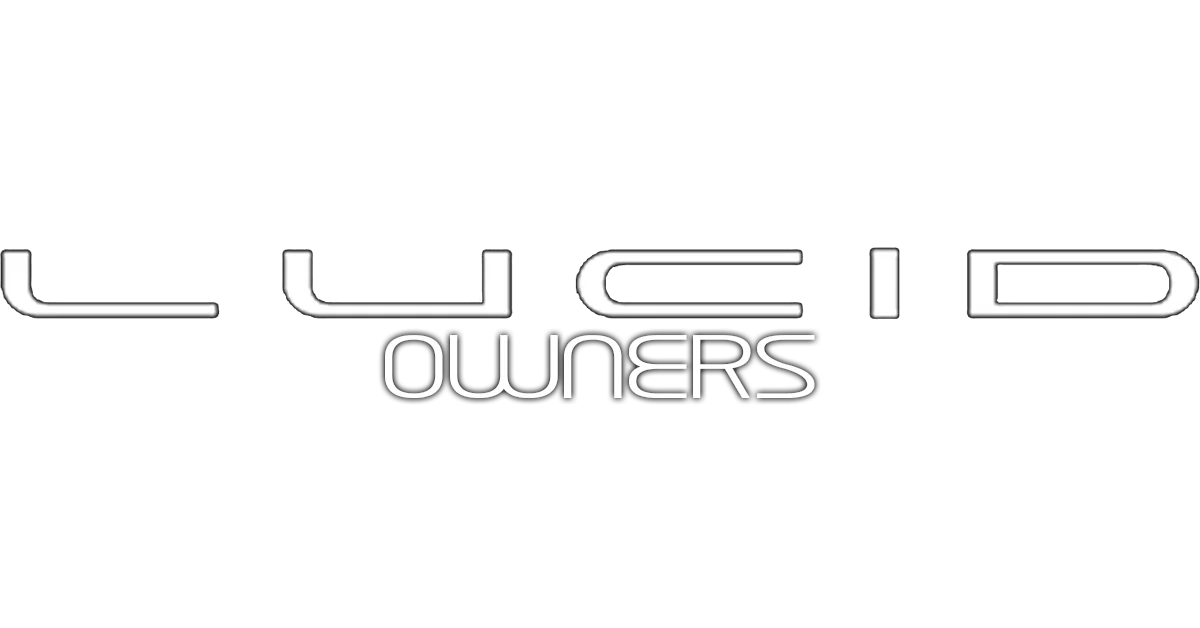FWIW, just got back from a 16 day road trip Tulsa-St Louis-Detroit-Toronto-NYC- Wash DC-Virginia-Memphis-Tulsa, used EA chargers almost exclusively (including EA Canada) at least 20 times in the 4,200+ miles. One EVGO charger. At EA chargers, a couple times had to switch units after plugging in and getting charger unavailable message. Had the charging limited by station message multiple times of course but overall, generally pretty pain free. Only had to wait once for a slot to open at an EA charger in VA. Yes, it took a bit longer than a traditional gas station, but most were at Walmart's/Sam's Club and grabbing a water and having a restroom break worked well. Highest charge rate we saw was 230kw briefly couple times on a 350kw with low SOC. Most common was 175kw off a 150kw. Always tried to precondition around 30 minutes ahead, but sometimes started only 15 minutes ahead. Key is to find/stay at hotels that offer free charging overnight through the valet park. Well worth the $25-$40. All but one did for us, and all were AC slow charging. They used the Tesla adapter once. Nothing like getting your car first thing in the morning with 469 miles showing

Parking garage in NYC wanted additional $35 to charge overnight, no thank you

Firefly Grill halfway between St. Louis/Indianapolis was by far the best experience, great food too! Saw 2 instances of massive pickup trucks doing the protest thing by intentionally blocking, but thankfully not covering all slots...tried our best to shrug it off, you know their issue, not ours

More surprising was the utter lack of courtesy/respect/awareness? of other EV drivers unable to figure out how/where to park appropriately so they didn't take up 2 spaces, or they were flat out on the wrong charger. Twice had to settle for a lowly 50kw charge because the 150kw's were taken/not working and a Kia or Hyundai were taking the only available 350kw. Signed up and paid for the ABRP app. That didn't really help/work out for us and have since cancelled. Used Plugshare app a couple times. Another key is to NEVER take the native navigation recommendation of how far you can make it. At best, take the stop before to charge up. Also, the native app often shows no EA chargers "along route" or "near destination" even though there clearly were some. We found that by using the EA app on the phone in the morning before setting out we could figure out best stop(s) to utilize at around the 15-20% range, then DCFC back up to 75-85% range and continue on. Slow charge at hotel overnight. Basic/quick math when getting in car: Plug in your destination, see distance and double it. Compare to miles of range car shows, and if under you're good to go with plenty of safety net if there's an issue. If not, it's possible you might get yourself into an "anxiety" situation. For us, the "safety zone" was a maximum of 275 miles real world. Pretty important to point out we're not good at hypermiling

Generally, highway driving was right at 10mph over speed limit, so most driving was in the 75-85mph range with occasional "spirited" driving. Most times would end up at 2.8 or 2.9 avg kwh/mile. One final observation, multiple times the native navigation selected a route which would have resulted in a much longer mileage. As with all nav apps, we learned to trust our gut and follow the actual signs. In one situation it saved us nearly 100 miles between Roanoke, VA and Knoxville, TN possibly due to an outdated construction zone that no longer exists...couple of times took nav's suggestions only to find out no exit from Express lane, etc...
Finally, we realize it's a work in progress, but man-oh-man what a fantastic car for a road trip...no question at the end of the day we were significantly more relaxed, less sore from a full days' drive than any car we've ever owned...
Oh yeah, there is definitely a problem/conflict with Tidal/Alexa/Phone-message notifications/Navigation prompts...that's probably the biggest annoyance, having to reset that by going to Tune-in and back to Tidal...hopefully they figure that bug out soon...

